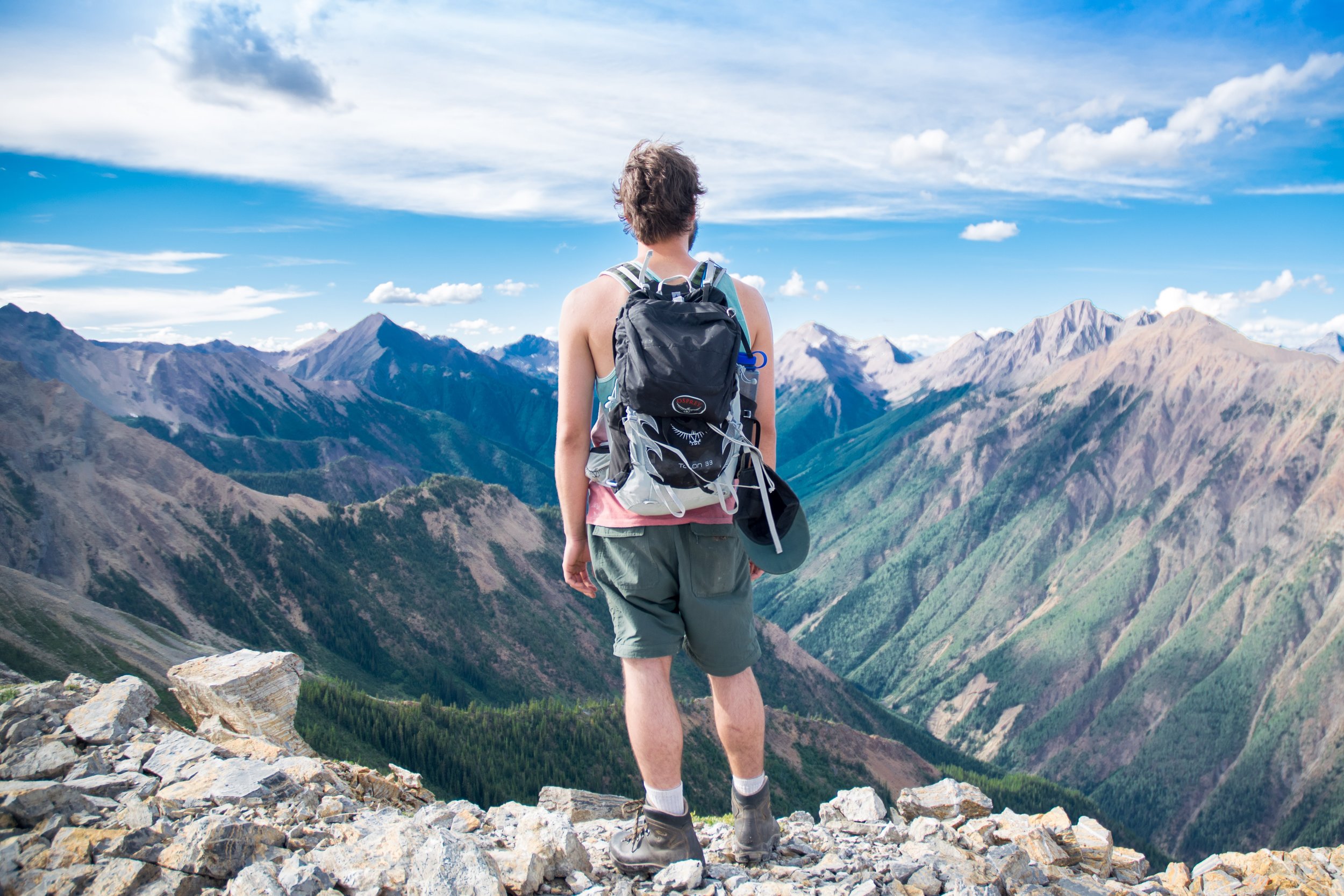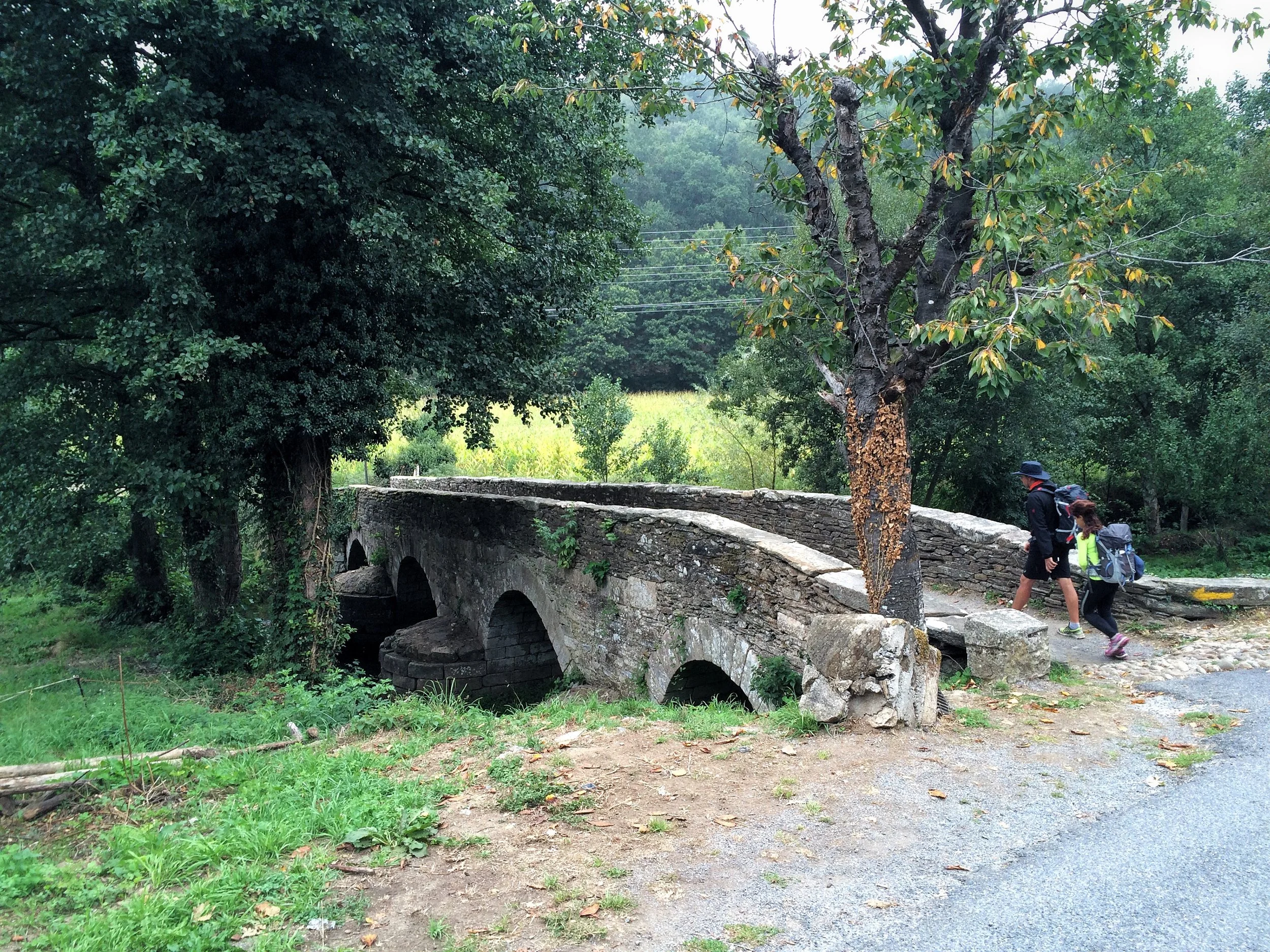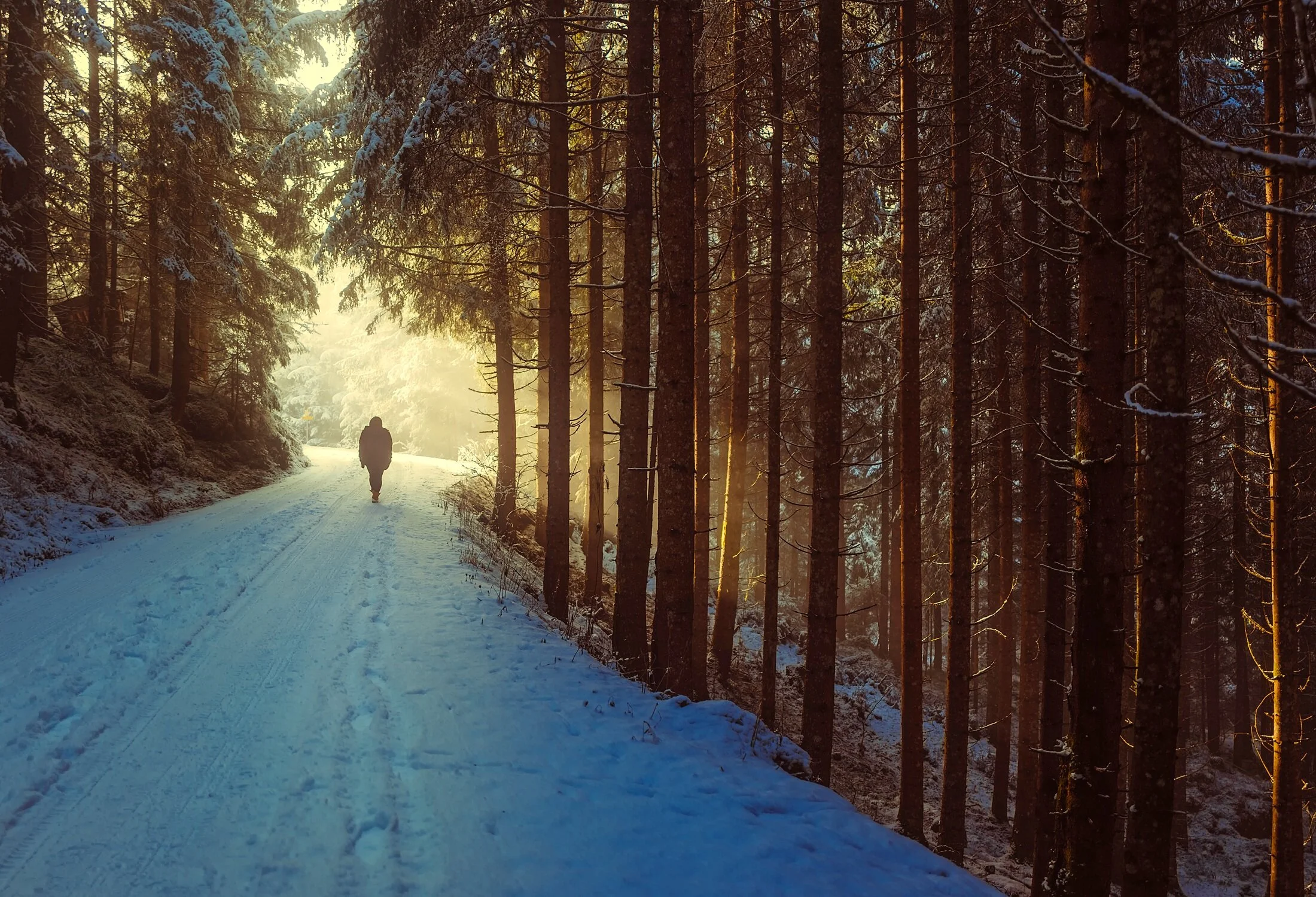How to Dress for a Through Hike: Best Clothes to Wear on a Thru hike
Going on your first through hike or maybe just researching for your next? Either way you will need to dress appropriately. The elements and the act of hiking can be demanding on the human body and, surprising, clothes can be a big part of staying in the game. Not any cloths will do. The right cloths will keep you warm, comfortable, and keep your confidence up.
Before we get started I would like to point out we have made more in-depth articles about dressing for cold conditions (links down below) if you want something more to read.
How to dress in cold conditions
All links past this point are Amazon affiliate links
First, what do you need to know.
Hiking cloths are about three things; the materials and their complimentary properties, dressing in layers using the layering system, and wearing light and easily changeable clothes.
Some materials, such as nylon, polyester, and wool, have a property known as wicking that allows liquids absorbed by the material to be pushed away from the skin and dispersed along the fabric to keep the body warm and allow that moisture to dry quickly. Materials that dont have this property, such as cotton, make for poor outdoor clothing. Cotton can make the wearer very cold, even in hot weather, with just a minute amount of moisture, and will put the wearer’s health at risk.
I suggest reading our layering guide if you dont know what the layering system is. The short version is there are three distinct layers that accomplish different functions. The first is the base layer that sits closest to the skin. This layer has the one goal of wicking away moisture. This layer consists of T-shirts/shirts and pants/shorts.
The second layer is the thermal or mid layer. The job of the thermal layer is to insulate the heat coming off the body and keep the wearer warm. The layer consists of jackets, hats, thermal pants, gloves, etc.
The last layer is the shell or outer layer. This layer protects the body and all the other layers from the elements. This is an important layer because the other two dont do well when wet. This layer consists of water resistant clothing worn on the outside of all the other layers. A great shell layer is also breathable, releasing all the evaporated sweat and humidity and maintaining the efficiency of the thermal layer.
The last tip is to wear light and changeable clothing. This step is important because as you hike your body starts to get warmer and then starts to sweat causing the first two layers, base layer and thermal layer, to get wet. This can lead to the wearer getting cold and, like I said before, can lead to compromising the wearer’s health. By being able to easily take off a jacket while you hike, throw on another jacket when it gets cold at night, or putting on a waterproof jacket when it starts to rain, will keep the body at equilibrium.
There are many options to choose from when looking at base layers. The most common are polyester shirts and merino wool shirts.
Polyester shirts are inexpensive, durable, and can be washed in a sink and dried overnight The downside is it causes the wearer to smell after a short amount of time.
Merino wool shirts are great because they dont get smelly as quick and still retain the wicking property. The downside here is I find these to be expensive and less durable.
For hiking, either one is great. Polyester shirts are affordable and merino wool shirts are somewhat a luxury item. I usually find hikers with mostly polyester shirts and one or two merino wool shirts to diversify their wardrobe.
The best medium ground is Nylon shirts. These have all the great advantages of polyester and wool at a price the sits between both types of materials. You can even get nylon tops in versatile and fashionable button downs or as t-shirts.
The best part of the three shirts listed above is they dry quickly. One can wash one of these shirts, in a sink for example, and have them hung and dried in a few hours to overnight. I find merino wool to dry slower than the other two but can still be dried overnight.
Other options are blends of these materials or treated polyester. These types of shirts keep the wicking property but try to remove its ability to become pungent. Shirts like these are a great option and usually more expensive than normal polyester shirts.
When it comes to the lower half of your body your options include nylon shorts, leggings, and wicking underwear. If you go with long pants go with hiking/travel pants. These pants are water resistant and wind resistant making them good for colder weather. Sometimes you will find these as convertible pants that can become shorts. If it gets cold you will probably need to throw on some long underwear or leggings under the pants.
I usually find three types of (good) thermal layers out on the trail; wool sweater, compressible down jacket, and fleece jacket. While some wealthy hikers will quickly choose one of those three, I'm going to try to make a stand for and against all of them.
Out of the three, the warmest are the fleece and down jackets. A thick wool sweater can get heavy, but what it has going for it is its affordability. Many people have wool sweaters at home or can buy one at a thrift store for next to nothing, so this makes a quick and easy choice for the more money conscious hiker.
The compressible down jacket is warm, can compress to unimaginable sizes, and is quite light for how well it insulates. Sounds great right? Well, down jackets are also expensive, difficult to take of, and when wet will make you colder than not wearing anything. If you have the cash and are willing to have a complementary quality shell layer and learn how to take care of the down jacket properly, this is a great choice.
Fleece jackets are warm, durable, and water resistant jackets that can be bought at low prices. Don't be fooled by its thinness, this jacket is as warm as a hiking down jacket. Where the fleece jacket might push away purest hikers is in how well it compresses and its weight. Fleece jackets resist being compressed and dont pack well. If you can spare the room, a fleece jacket is a great option.
For your lower body I suggest thermal underwear or thermal pants. There is a debate if thermal underwear can count as a thermal layer since it sits right on top of the skin, absorbing sweat, like a base layer does. You can go with a thermal layer pants that sit between your base layer and pants. If you are a casual hiker hiking between spring and fall then a pair of thermal underwear under some hiking pants should do the job.
There are many great options here in a range of different materials such as gore-tex and nylon. I find gore-tex to hold up longer and better than nylon but a nylon jacket should hold up for a season and should not cause problems if treated correctly.
Some shell layer jackets come in compressible forms that fold into its own pocket. Since I usually hike in the summer, I have one of these that I keep in my biking and hiking packs.
No jacket is waterproof and will give way in a deluge except for a water poncho. These have great water resistivity but are not breathable at all: I dont really recommend water ponchos for that reason but it would be wrong of me not to mention them.










